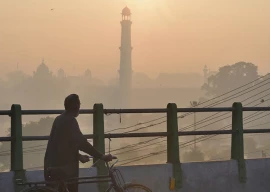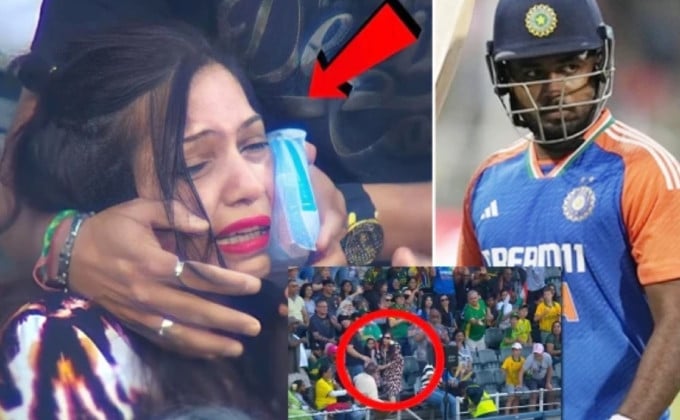
In the 1982 sectarian clashes more than 60 Shia families were displaced from Sadda, a Sunni dominated area and they were forced to migrate to Parachinar, a Shia dominated area. In 1990, a jirga gave a verdict for the resettlement of displaced Shias and the return of their property. However, this decision was never implemented. By 2006, the Taliban had penetrated the Sunni areas of central and lower Kurram. Local Taliban, controlled by the Taliban of South Waziristan, emerged in these areas. In April 2007, participants of a Sunni procession in upper Kurram, raised objectionable slogans against Shias. The Shias reacted and took out a protest procession in Parachinar. Some people fired on this procession and this led to sectarian clashes, which spread to other parts of the Agency. In November 2007, violence erupted again after unidentified people attacked the central mosque in Parachinar, where Sunnis were offering Friday prayers. Hundreds of people from both sects were killed during these clashes and 40 villages were destroyed. More than 3,000 families were displaced. The Thall-Parachinar Road remained closed for almost four years.
A grand Jirga comprising of representatives from all tribal agencies as well as the parliamentarian from Kurram, was constituted in 2008. With the efforts of the Jirga, the Murree Peace Accord was signed by the warring factions in October of the same year.
There were elements within and outside the agency, including the Taliban, who never wanted this accord to be implemented. As a result of hectic efforts, the opponents of the accord were brought on board and the main issue of opening the Thall-Parachinar Road has been resolved, raising the hopes of locals about having a lasting peace in the area.
Both sects have signed a number of peace accords in the past, but these were violated. Only time will tell whether this accord, will bring lasting peace to the Agency. The extent of suffering the people have endured, the huge losses incurred and the duration of this conflict, are some of the reasons which may force the people from both sects to honour this accord. Sectarian conflict may not disappear all together, but the accord may help in preventing violence on a large scale.
Published in The Express Tribune, February 12th, 2011.
1728297472-0/Fousey-(1)1728297472-0-405x300.webp)

1730806672-0/diddy-(37)1730806672-0-165x106.webp)
1731748155-0/BeFunky-collage-(8)1731748155-0-165x106.webp)

1731750654-0/Untitled-design-(16)1731750654-0-270x192.webp)
1731746071-0/Untitled-design-(11)1731746071-0-270x192.webp)
1731749026-0/Copy-of-Untitled-(3)1731749026-0-270x192.webp)

1731748566-1/Untitled-design-(12)1731748566-1-270x192.webp)







COMMENTS (7)
Comments are moderated and generally will be posted if they are on-topic and not abusive.
For more information, please see our Comments FAQ